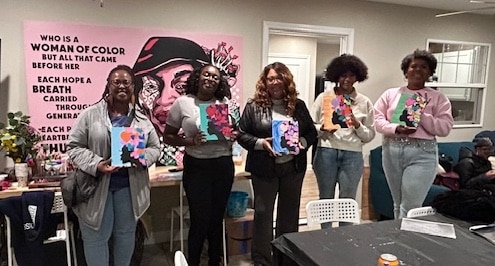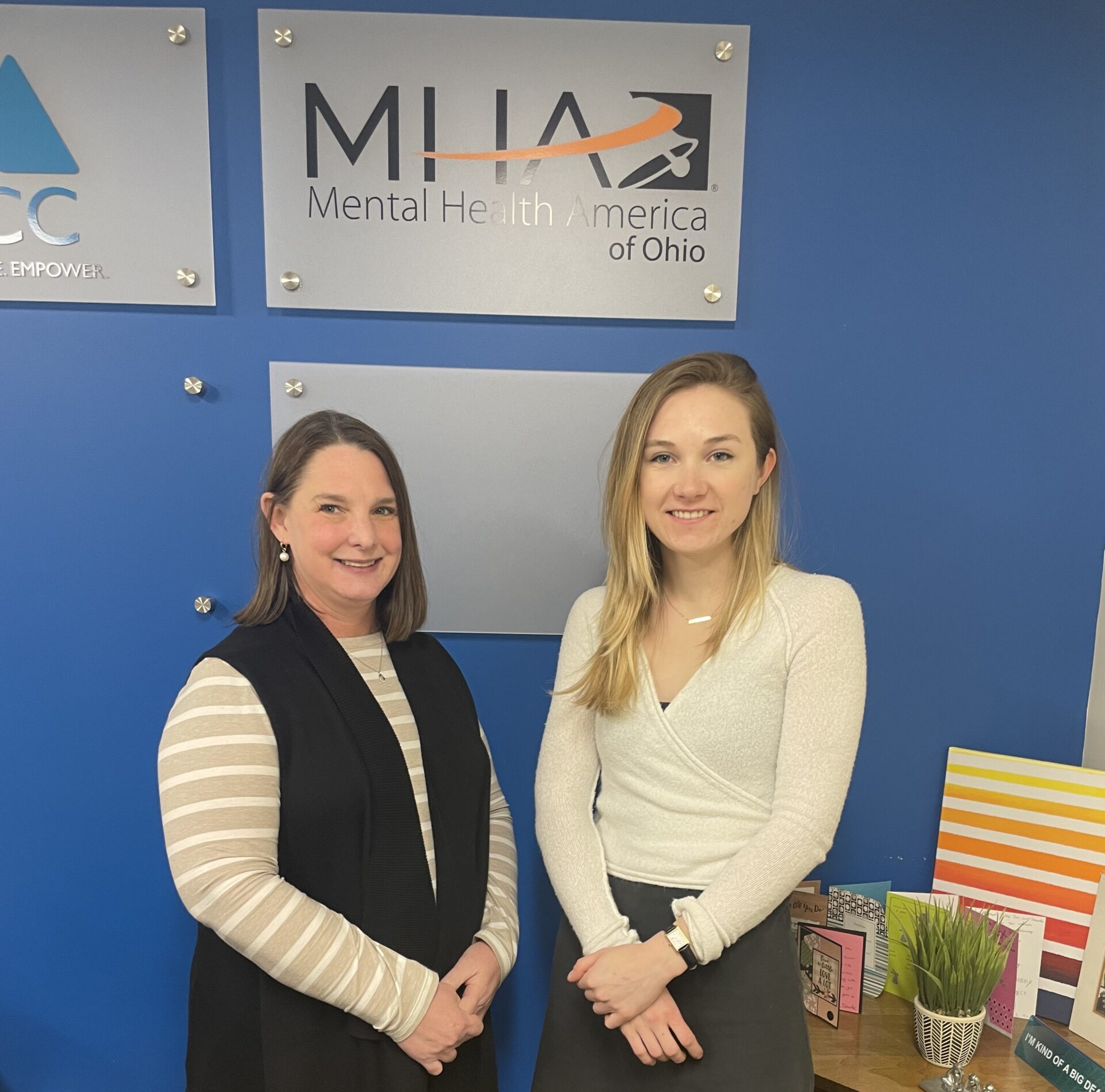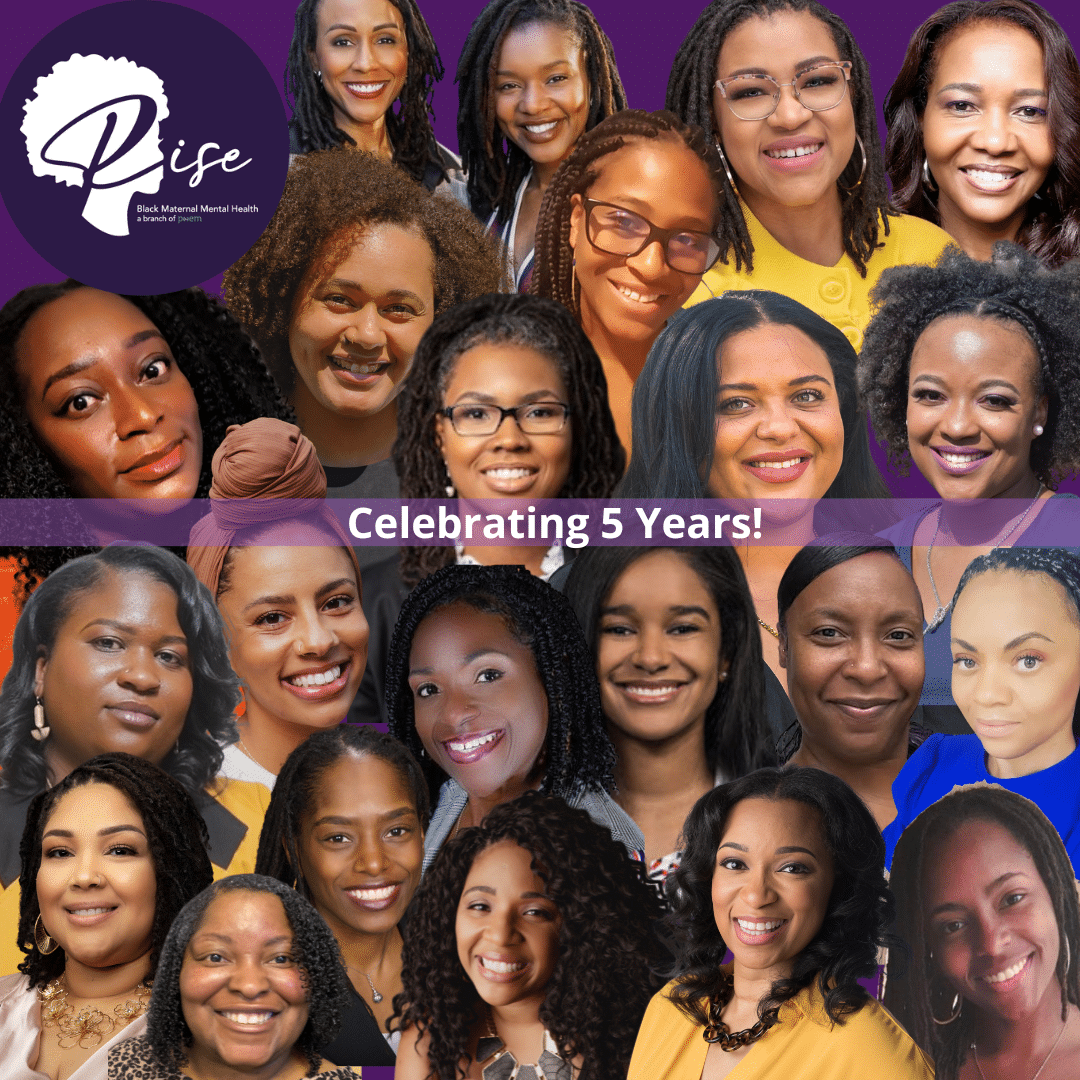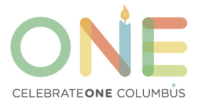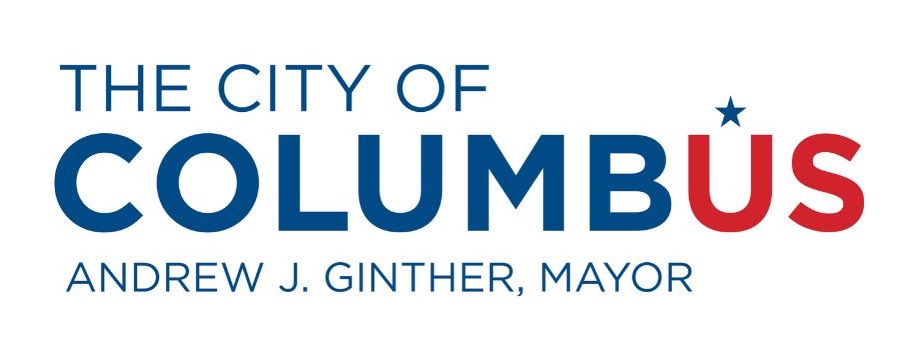“Without inner change, there can be no outer change. Without collective change, no change matters.” ― Angel Kyodo Williams
In recognition of Black History Month, we’re talking with La Shanda Sugg, LPC, founder of Labors of Love Counseling and Consulting, about dismantling oppressive ideologies through a body-based approach.
Q. What do you think about Black History Month, the ways we recognize it, and its importance in our world right now?
A. Black History Month spurs conversations about Black resilience. But it also simultaneously mystifies and minimizes Black people and our true essence. We’re here, and we’ve been here, and the way that non-Black bodies are experiencing and benefitting from the world has significantly been made possible by Black bodies this entire time. While I can, on one hand, appreciate the intentional celebration of Black History Month, Black history is simply history and needs to be acknowledged and celebrated every day.
Humanity is resilient. Humanity has existed for this long because of our ability to adapt to things as they come. Black-bodied people are a very resilient people. But this also begs the question, “What counteracts our resilience?” And that’s what leads us into a discussion about the systems and ideologies that have been created that would thwart the resilience of Black Bodies, Bodies of Culture, and the human species in general. One of these ideologies is white supremacy and the culture and systems that it breeds.
Q. How does white supremacy impact our bodies, and what can we do to address it?
A. Our collective nervous systems are constantly responding to how we’ve been culturalized and socialized around the idea of race. On the one hand, there needs to be a very real acknowledgment that race is not real. It is made up. It’s fictional. But when entire systems have been developed around this lie, it is very real, especially to those who are negatively impacted by those systems. This is where somatic abolitionism – recognizing and addressing how racial trauma has taken root in our bodies – can be a powerful shift in our understanding. Resmaa Menakem, his body of work, and my immersion in somatic abolitionism have had a significant influence on how I conceptualize and do my work.
We have to be able to move forward from a body-based approach. We have to recognize how our own nervous systems are reacting to the persistent stresses of oppressive systems. Some of us will automatically move into a fight response, and maybe we will protest. Some of us will move into a flee response and try to get distance from it all. Sometimes we freeze – wanting to do or say something but can’t seem to mobilize. Sometimes we’ll flock and connect with other people. Or sometimes we’ll fawn and go into appeasing and trying to figure out how to make everyone else feel comfortable. Whatever our initial response, if we don’t develop the capacity to BE with what is happening inside our bodies, what we DO on the outside won’t be sustainable. It’s always do-do-do, and that’s why a movement can start and end within six months. It dwindles because people have not taken care to consider their nervous systems – they burn out. If we can shift our culture by creating spaces where people can come together to build presence and practices around our somatic healing, we will realize that we can’t strategize our way out of our nervous systems.
Q. We live in such a polarized society right now. Do you think that some people may feel that doing this inner work might set them apart from the communities and groups they currently associate with? If so, how can they overcome that?
A. We have to begin by understanding humanity. In creating our hierarchies, we separated human from Earth and human from other animals. We are, in fact, social animals. Our need to be connected to one another is as integral as breathing. So, it makes sense that we as humans are organizing ourselves socially. But when we understand that we are animals, we begin to understand our needs from a very different perspective. If we can step back long enough and realize how much we’ve all been duped by white supremacy, I think the collective anger and rage would go toward the systems that are doing exactly what they were built to do. But slowing down and recognizing that is scary. And if you are not around anybody else who’s doing this inner work, that can be isolating, putting you outside the safety of the group. That’s why collective healing is so important.
Q. How do you work with your clients on healing trauma through a body-based approach?
A. A good deal of the work I do with people is about slowing down and saying, “Let’s actually get in our bodies.” I will say, “Notice yourself in your chair. What are the sounds that you hear? What’s the temperature? Can you lean into the fact that you have senses and that your body is always communicating with you?” Once I begin to help people do that, I remind them that this isn’t a new process – we did it when we potty trained. Just like we learned to notice when we need to relieve our bladder and are usually able to temporarily hold it and do it in designated places, we can begin to adjust our responses and reactions to our autonomic nervous system. We can learn to sit with something when it’s uncomfortable, when it’s painful, when it’s confusing, and we can learn that these are not things that are going to harm us.
For example, when I encounter someone, and I notice I have this immediate desire to distance myself from them, I know I need to honor that it is happening. I take deep breaths and look around to notice if there is immediate danger. Then I thank my body for communicating. Something’s been activated, and now I can go into the meaning-making portion of this experience. I ask myself, “What’s underneath this response?” This process allows me to have more control of my actions. I highly recommend Rhonda McGee’s [author of The Inner Work of Racial Justice] RAIN method for those who want to deepen this practice.
Q. What is one helpful method people can use to start breaking down these unhelpful narratives and begin to connect with their inner self?
A. We can begin by replacing judgment with curiosity. So, instead of assigning intent to people when they do something – even if it’s hurtful and offensive – I’ve learned to take a step back. I began to learn that, by and large, almost everything that a person does has nothing to do with me, even if I’m impacted. And so that separation has given me space to be more curious in my life. With that curiosity, I’m able to give myself the distance from the situation that allows me to respond in a way that is more beneficial for me, for the relationship, for those around me – instead of what my body wants me to do, which is purely based on survival. It really is about learning to use our understanding of our humanity for the good of ourselves and our community.
Q. How do you see the work of somatic abolitionism changing our society?
A. Somatic abolitionism, I believe, gives us access to our humanity and connection to others and the Earth in ways that are necessary for true healing, justice, and liberation for all bodies. This work is hard because there is no culture established for it yet – mainly for white people to do the work with other white people. That is why there is oftentimes a latching on to Black bodies and Bodies of Culture to do the work. A large premise of somatic abolitionism is to create these cultures for people to be able to do the work without having to continually extract from those who have been most impacted.
Q. What does this body-based approach, this culture shift, look like in practice?
A. It means that organizations stop having DEI workshops and Black History Month programming and instead start prioritizing body-based work around sitting with the realities that are inside of their company instead of trying to just make them go away. It means that white bodies will focus less on being “good people” and doing the “right thing” and learn to sit with how their bodies are being impacted by their proximity to historical and intergenerational oppression. It means that Black bodies and Bodies of Culture gain a deeper understanding of the survival strategies they have developed over time and increase their capacity to metabolize the trauma they have experienced. We all have to reckon with a lot of things, like how we are on indigenous land that has been stolen and how we as a society have capitalized and monetized every single aspect of something that was never intended to be “owned” to begin with. There has to be a reckoning: an individual body reckoning, an intergenerational reckoning, and a historical reckoning. Every person must begin to realize that there’s work for us to do in our own belief systems and our own worldviews and that there are behavioral patterns that emerge, which we must address if we want to create a new system that is safe for and benefits everyone.
A. A good deal of the work I do with people is about slowing down and saying, “Let’s actually get in our bodies.” I will say, “Notice yourself in your chair. What are the sounds that you hear? What’s the temperature? Can you lean into the fact that you have senses and that your body is always communicating with you?” Once I begin to help people do that, I remind them that this isn’t a new process – we did it when we potty trained. Just like we learned to notice when we need to relieve our bladder and are usually able to temporarily hold it and do it in designated places, we can begin to adjust our responses and reactions to our autonomic nervous system. We can learn to sit with something when it’s uncomfortable, when it’s painful, when it’s confusing, and we can learn that these are not things that are going to harm us.
For example, when I encounter someone, and I notice I have this immediate desire to distance myself from them, I know I need to honor that it is happening. I take deep breaths and look around to notice if there is immediate danger. Then I thank my body for communicating. Something’s been activated, and now I can go into the meaning-making portion of this experience. I ask myself, “What’s underneath this response?” This process allows me to have more control of my actions. I highly recommend Rhonda McGee’s [author of The Inner Work of Racial Justice] RAIN method for those who want to deepen this practice.
Q. What is one helpful method people can use to start breaking down these unhelpful narratives and begin to connect with their inner self?
A. We can begin by replacing judgment with curiosity. So, instead of assigning intent to people when they do something – even if it’s hurtful and offensive – I’ve learned to take a step back. I began to learn that, by and large, almost everything that a person does has nothing to do with me, even if I’m impacted. And so that separation has given me space to be more curious in my life. With that curiosity, I’m able to give myself the distance from the situation that allows me to respond in a way that is more beneficial for me, for the relationship, for those around me – instead of what my body wants me to do, which is purely based on survival. It really is about learning to use our understanding of our humanity for the good of ourselves and our community.
Q. How do you see the work of somatic abolitionism changing our society?
A. Somatic abolitionism, I believe, gives us access to our humanity and connection to others and the Earth in ways that are necessary for true healing, justice, and liberation for all bodies. This work is hard because there is no culture established for it yet – mainly for white people to do the work with other white people. That is why there is oftentimes a latching on to Black bodies and Bodies of Culture to do the work. A large premise of somatic abolitionism is to create these cultures for people to be able to do the work without having to continually extract from those who have been most impacted.
Q. What does this body-based approach, this culture shift, look like in practice?
A. It means that organizations stop having DEI workshops and Black History Month programming and instead start prioritizing body-based work around sitting with the realities that are inside of their company instead of trying to just make them go away. It means that white bodies will focus less on being “good people” and doing the “right thing” and learn to sit with how their bodies are being impacted by their proximity to historical and intergenerational oppression. It means that Black bodies and Bodies of Culture gain a deeper understanding of the survival strategies they have developed over time and increase their capacity to metabolize the trauma they have experienced. We all have to reckon with a lot of things, like how we are on indigenous land that has been stolen and how we as a society have capitalized and monetized every single aspect of something that was never intended to be “owned” to begin with. There has to be a reckoning: an individual body reckoning, an intergenerational reckoning, and a historical reckoning. Every person must begin to realize that there’s work for us to do in our own belief systems and our own worldviews and that there are behavioral patterns that emerge, which we must address if we want to create a new system that is safe for and benefits everyone.



